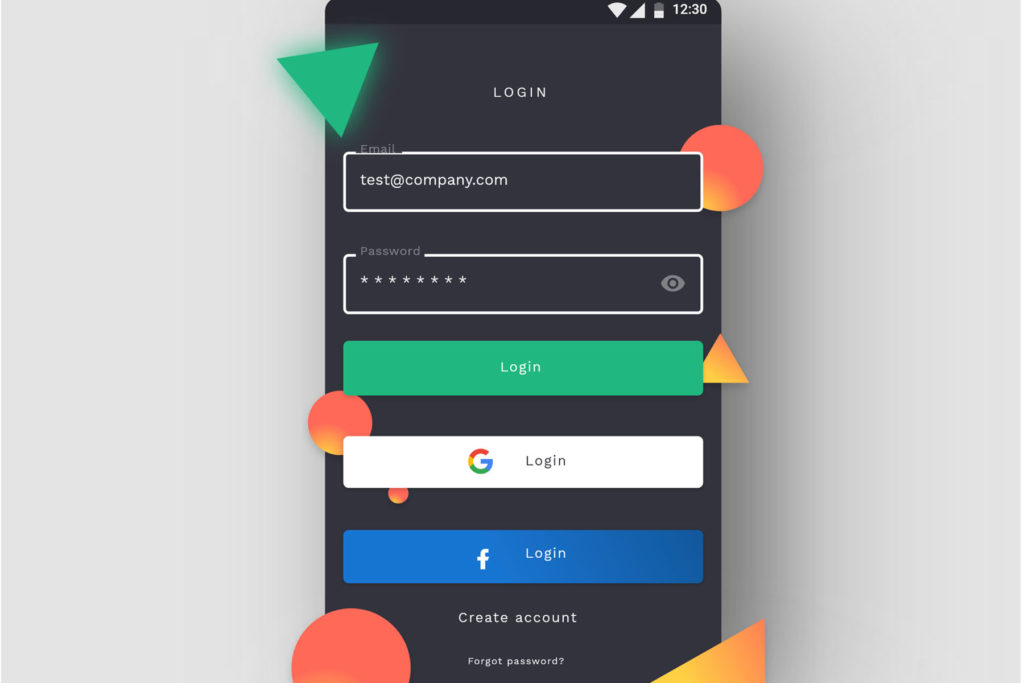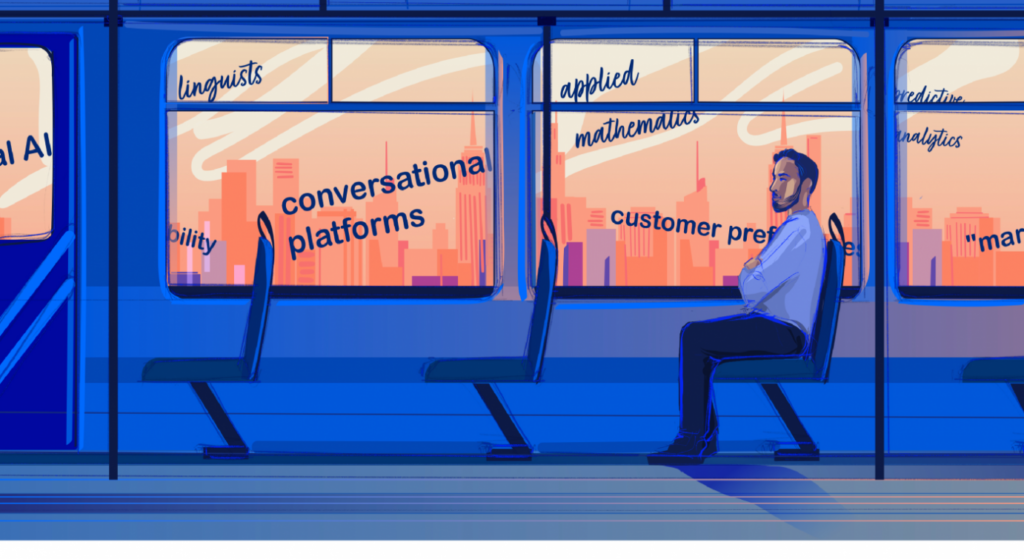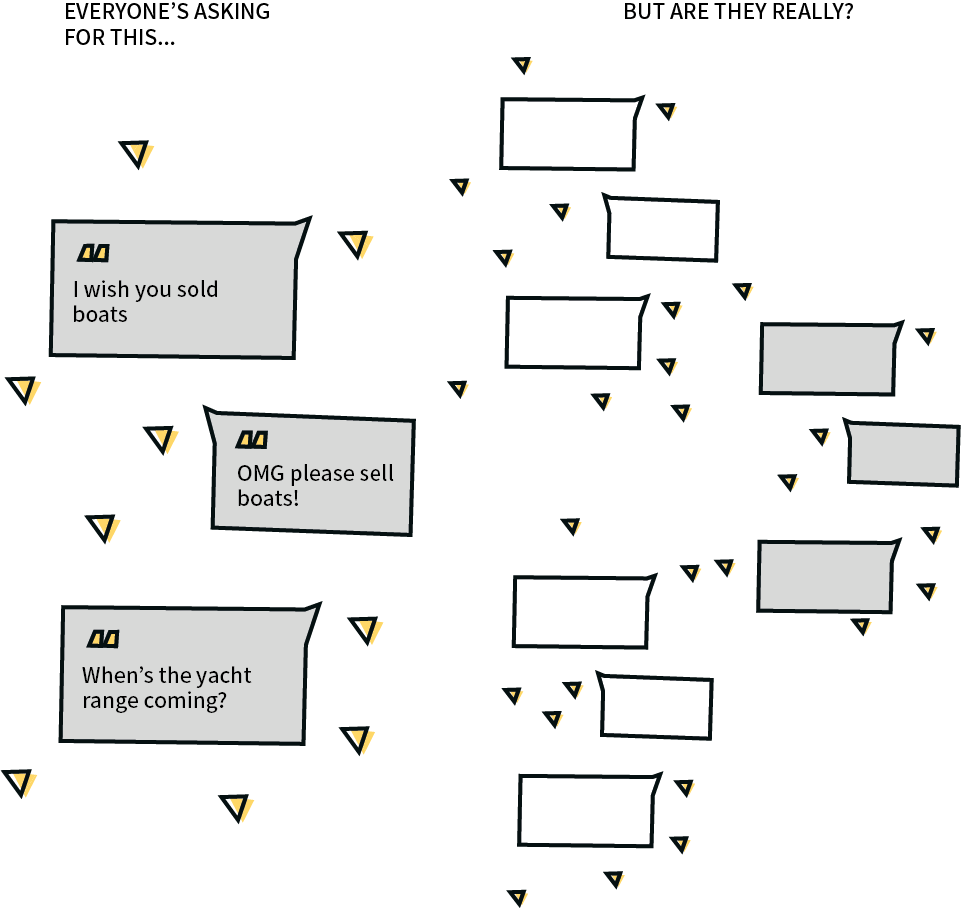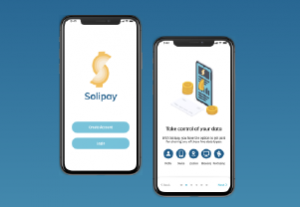- Customer Experience, Design
By thoughtfully choosing playlists names, Spotify aims at providing engaging customer experience that helps to connect and communicate with users.
Article by Diane Murphy
Naming Personalized Playlists at Spotify
- With the rapid increase of personalized playlists on Spotify, playlists naming has become a strategic process that has to be well-thought-out.
- A playlist name has a key role in conveying its content to users. That is why not only it has to be catchy, but it should also reflect the list of songs/podcasts in a clear manner.
- Personalizing playlists names helps creating emotional bonds and simplifies decision-making for users.
- UX writing for playlists names consists of several stages ranging from “namestorming” to usability testing.
Share:Naming Personalized Playlists at Spotify
Share this link
- June 29, 2021
5 min read







